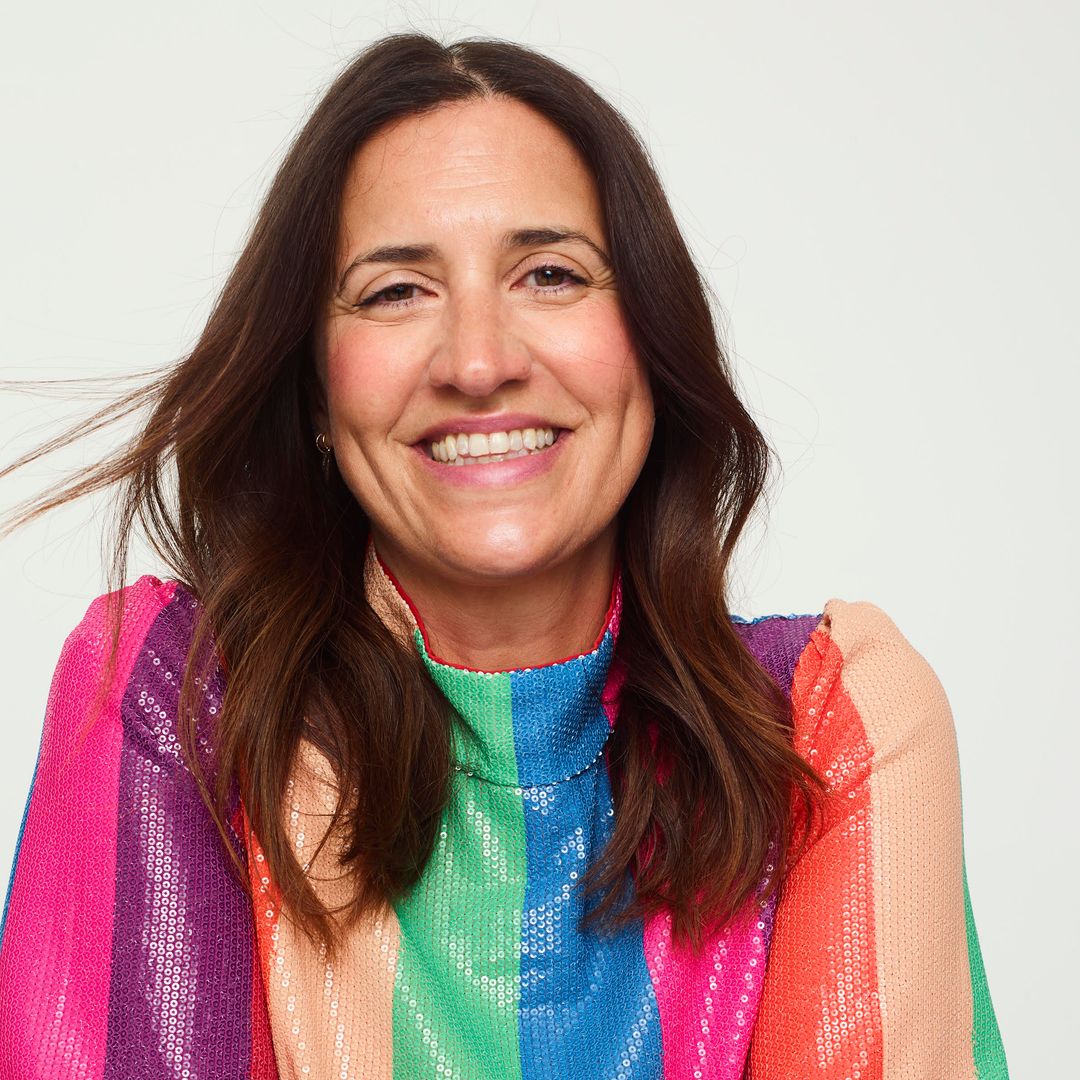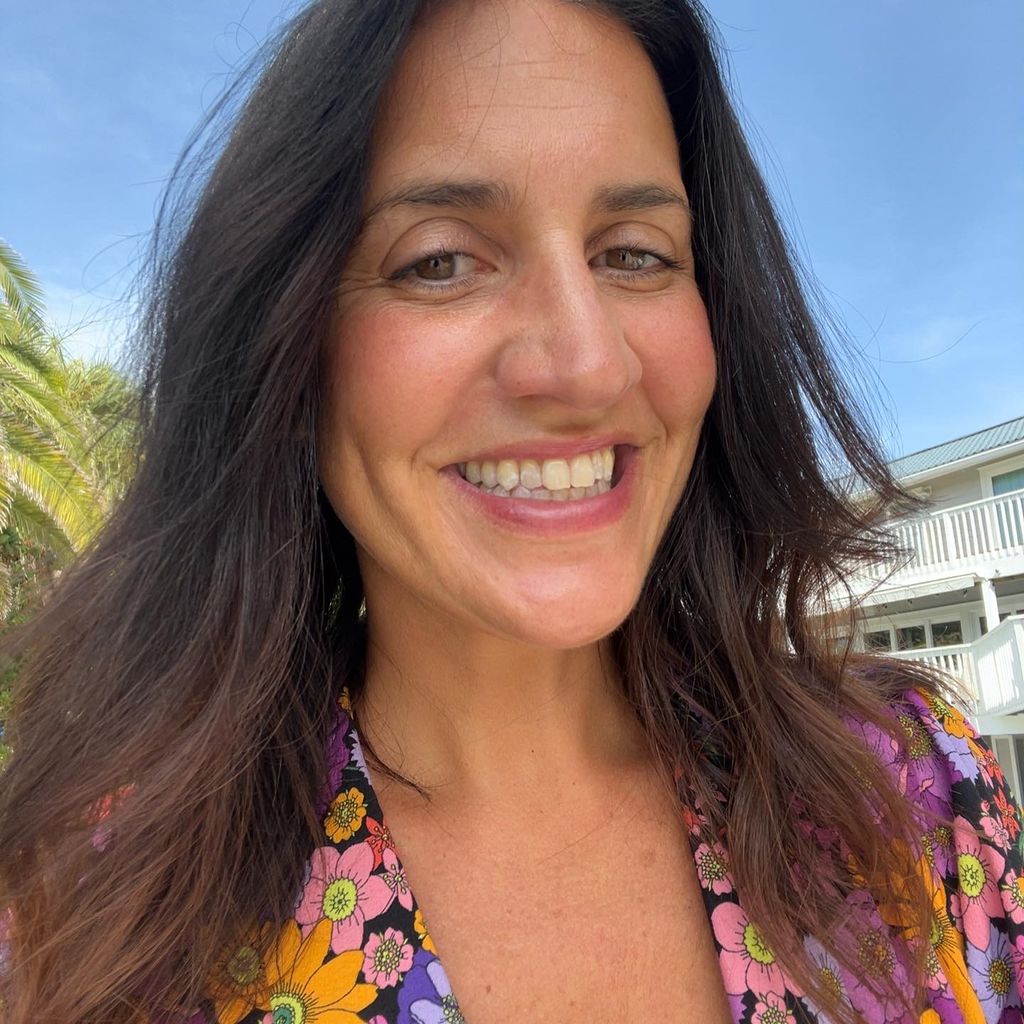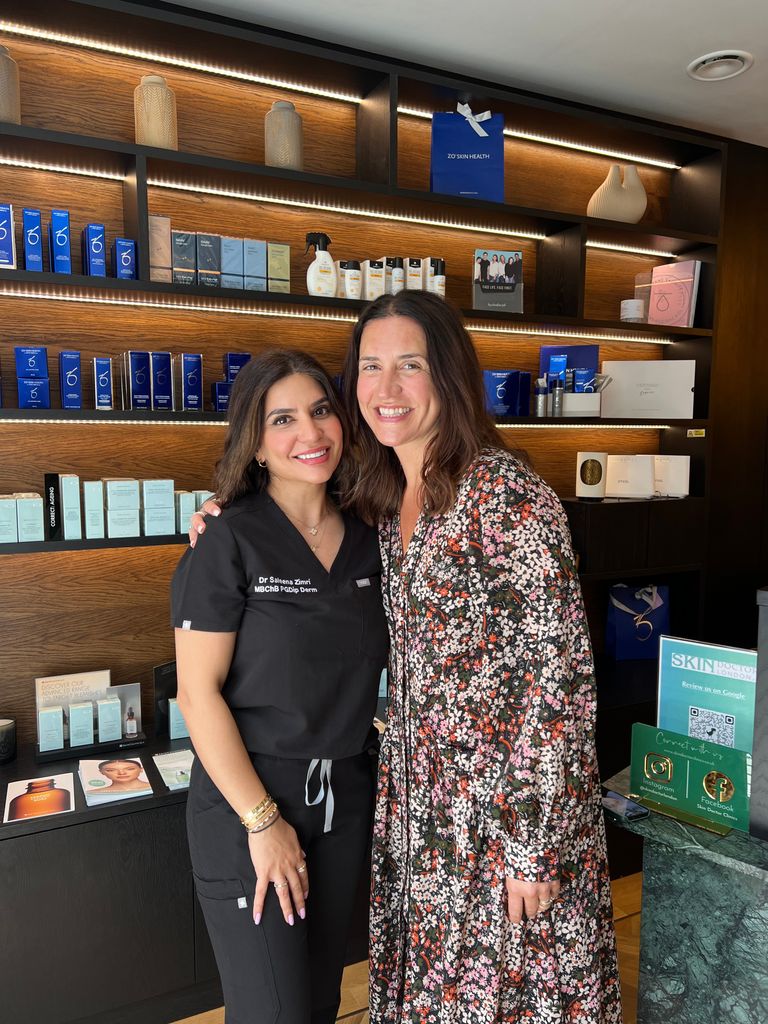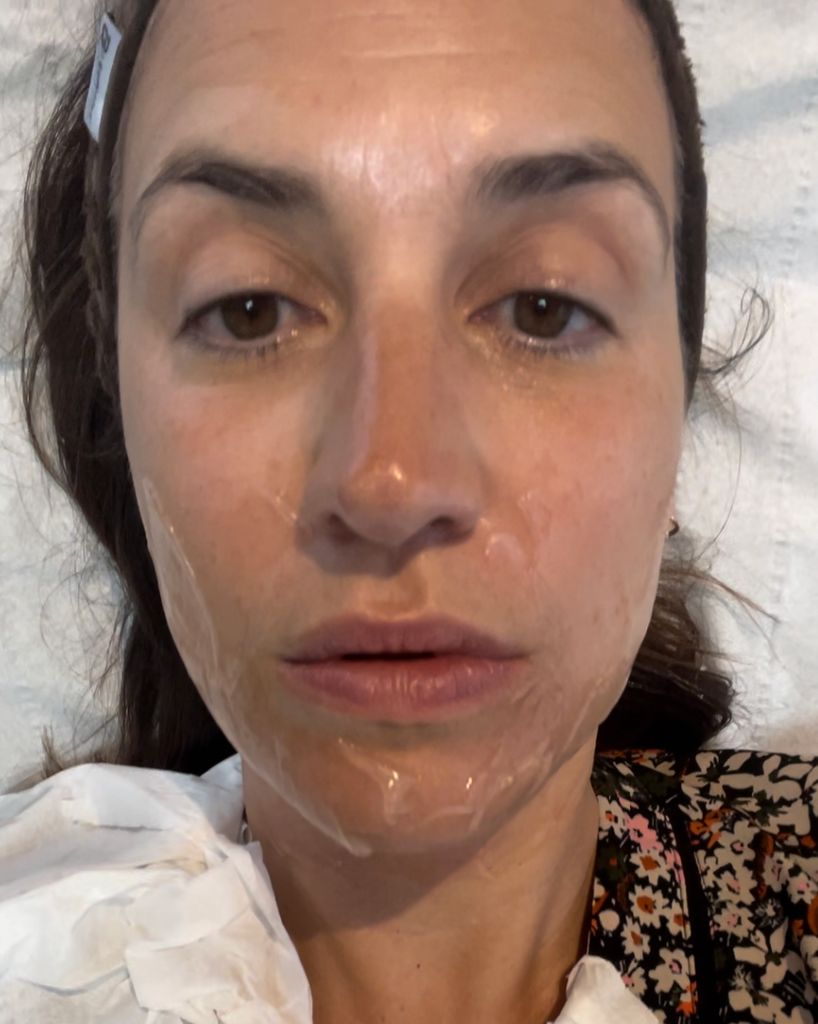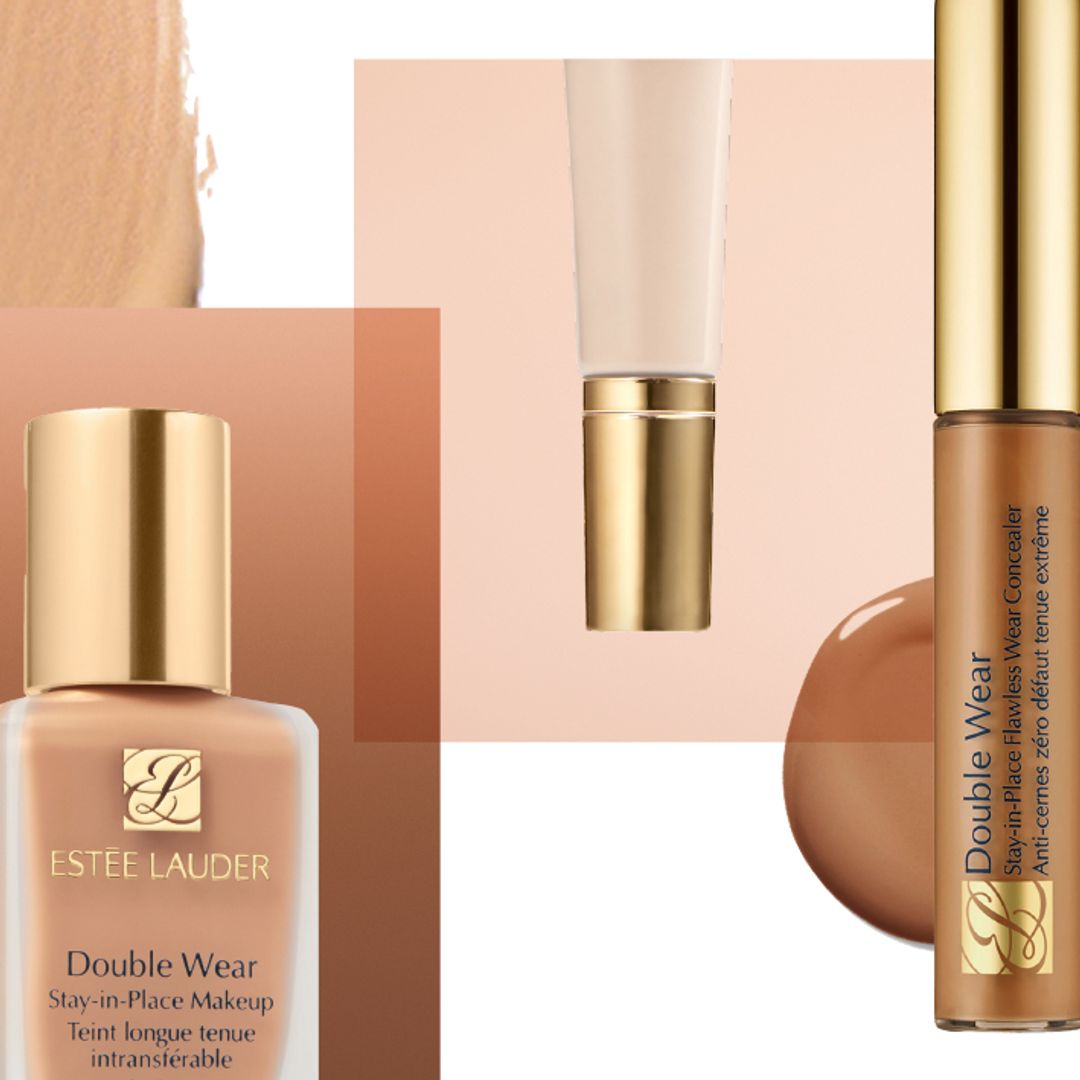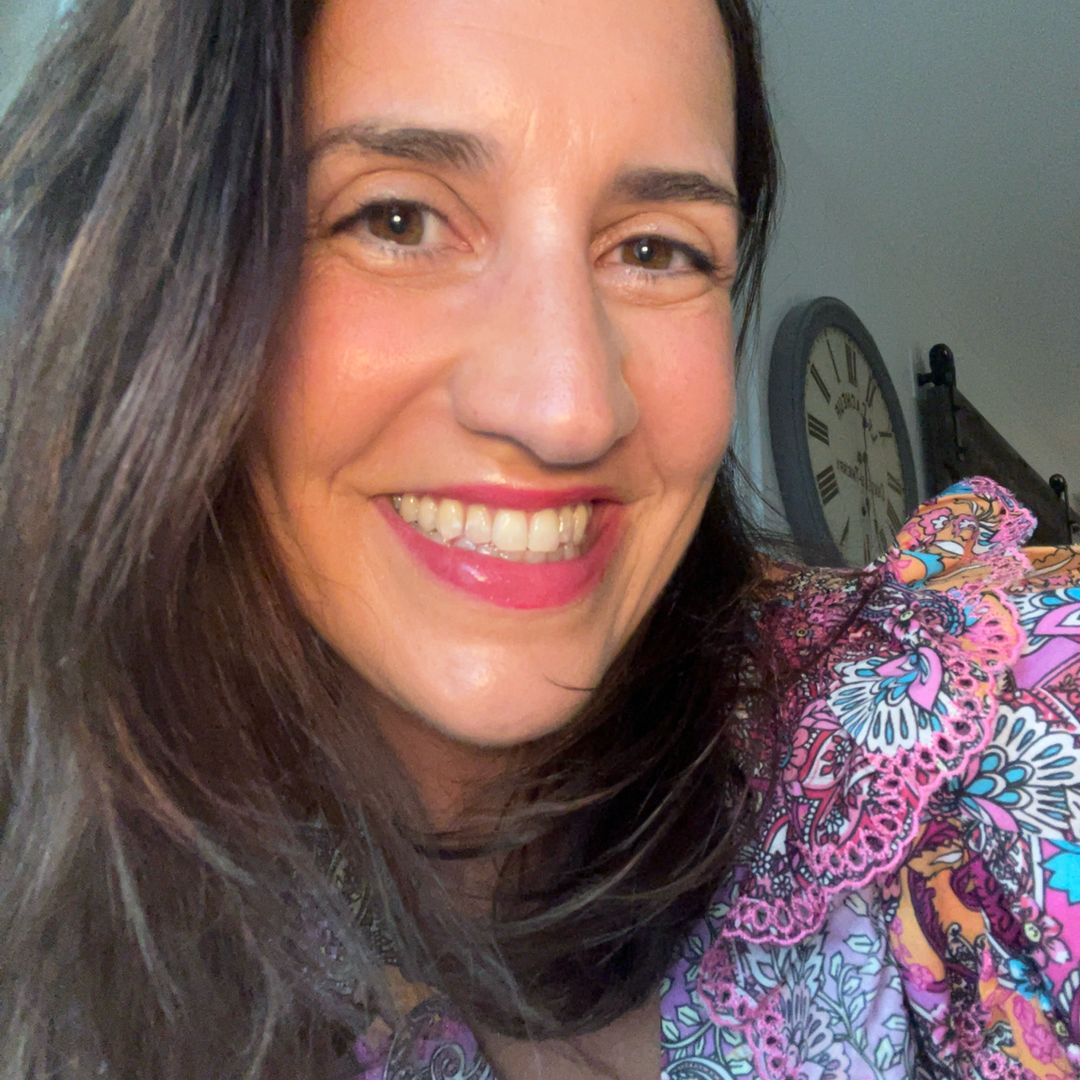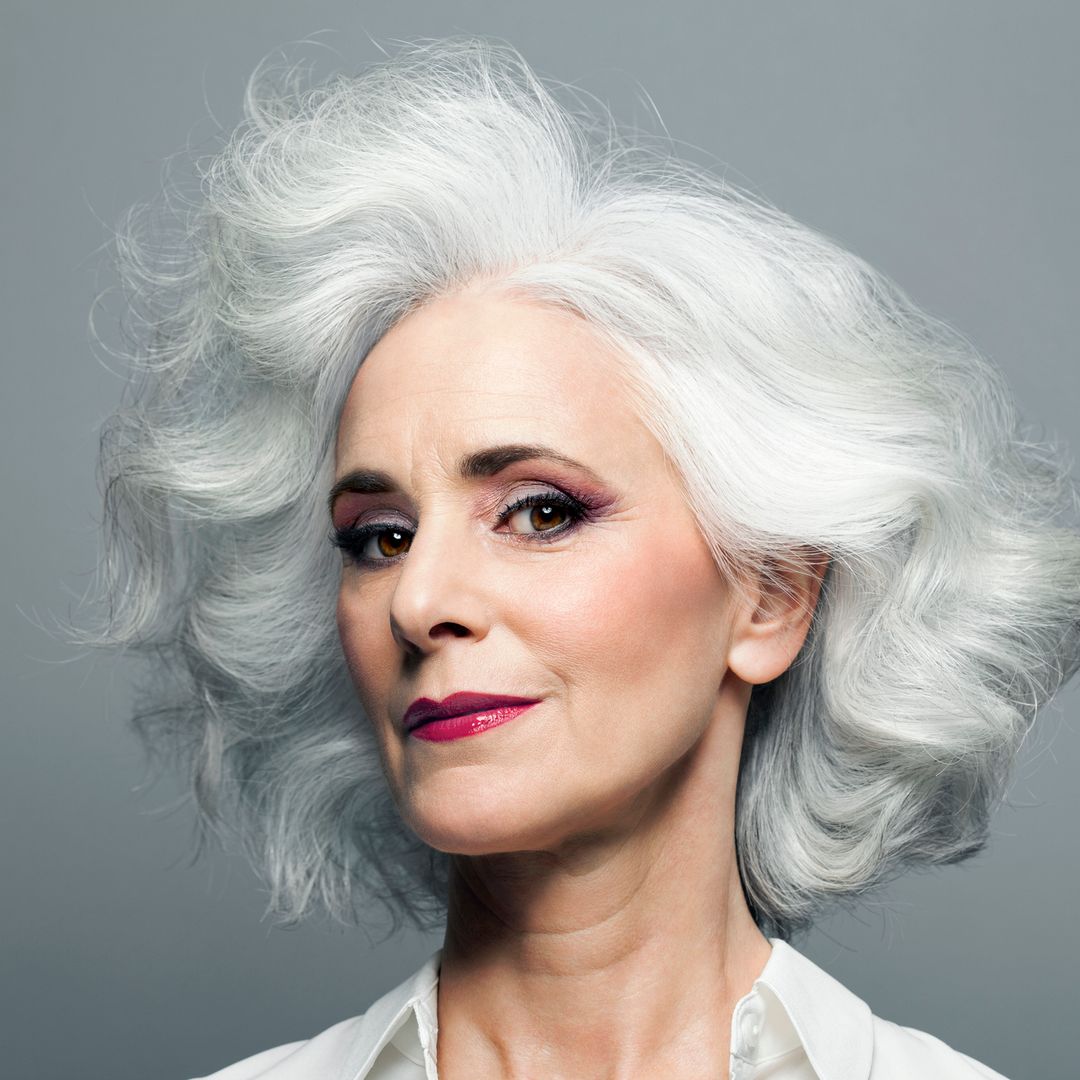I don’t do Botox or filler because I’ve always been passionate about representing 'real' beauty and that includes normalizing aging and the wrinkles and lines that come with it.
During my 26 years working as a Beauty Editor, I introduced a no-retouch policy on shoots for beauty brands such as Boots, because I wanted women to see beauty that embraces individuality and is attainable. I admire women that embrace their quirks. Freckles. Gappy-toothed smiles. Bold brows and beauty spots. Wrinkles and frown lines. They are what make you YOU!
That being said, I still want my skin to look its best for my age and I do this by prioritizing a simple yet effective at-home skincare routine along with non-invasive in-salon treatments and facials that help to re-energize and add glow.
I read about Sofwave while researching treatments to treat menopausal skin. The in-salon device uses a form of ultrasound to rebuild your skin's collagen and elastin fibers with zero downtime and without affecting the surface of your skin.
The treatment uses Synchronous Ultrasound Parallel Beam (SUPERB) technology to treat fine lines and wrinkles, as well as lifts the brows, neck, and chisels the jawline. And its results are impressive - 80% of clinical trial patients see an improvement in 12 weeks. Plus it has 7 FDA approvals - The American Food & Drug Administration is one of the hardest organizations to pass approval so the fact that Sofwave has 7 is incredible.
I'm two years post menopause now and I’ve noticed that my skin is starting to show signs of collagen depletion. During menopause, the body's natural production of collagen decreases due to the reduction in estrogen levels and this depletion affects skin elasticity which leads to sagging, dullness and crepey patches, so Sofwave is an ideal treatment for me, especially as I don’t do injectables.
Sofwave’s ultrasound emits heat that reaches the skin's lower layers which causes a targeted injury that triggers a powerful boost of collagen production and tightens the existing collagen fibers, which gives the skin a lift. I was particularly interested to see if it would help to lift my gradually sagging skin - I want my chin to look snatched and my eyebrows to have a more lifted look.
Is Sofwave good for menopausal skin?
I had my Sofwave treatment at The Skin Doctors Clinic in London by Dr. Saleena Zimri and her amazing team. Saleena was one of the first aestheticians to invest in Sofwave because she was so impressed by its results and its seven FDA approvals.
"Sofwave is ideal for people who are trying to bank collagen," Saleena explained to me during our pre-treatment chat. "It’s not an invasive procedure, and while this means there won't be a dramatic before and after change, it will give your skin a nice lifting affect.
"The best benefit will be seen a number of weeks later when it’s stimulated your fibroblasts and collagen production so you’re going to get firmer, plumper, more lifted looking skin, that will last from 12 to 18 months. And because of the contracting and intense heat delivered in the skin, you will see an immediate lifting effect too."
Preparing for Sofwave
The only preparation needed for Sofwave is the application of a numbing cream because as Saleena explains, it can be a painful treatment. "I found it painful," she tells me while laughing nervously. "And I’m not going to lie, I’m pretty good with pain."
AAfter removing my makeup and giving my skin a thorough cleanse, a numbing cream was applied to my face and neck about half hour before the treatment. As I was having a higher heat intensity around my eyes, to ensure the maximum lift, Saleena did warn me that I may need a local anesthetic to further block the pain in that area. "See how you can tolerate the pain on the rest of your face first," she advised.
READ: Menopause-washing: How to tell if a meno-friendly product is worth your money
All this talk of the impending pain I was about to go through did make me feel nervous during the half hour waiting for the numbing cream to kick in. But I just kept thinking of the two childbirths I’d been through with no pain relief - especially focusing on my youngest sons’ who was born weighing just over 10 pounds.
After removing the numbing cream, Saleena applied an ultrasound gel to my face and neck to create a bond between my skin and the machine to help conduct the energy. The first blast didn’t feel so bad: the heat comes on as a slow build, a bit like contractions during childbirth. So at first I hardly felt anything. But the second blast was more painful and I’ll admit, from that point on, the pain got a little more intolerable after each blast.
At first, you feel a gradual warmth, and just when you reach the point where it really hurts, the pain stops. For the last two seconds of each seven-second interval, I found myself wincing, especially when it was in more sensitive areas closer to the bone. Saleena gave me stress balls to hold in each hand, which helped relieve the tension a bit. But I’ll be honest, it hurt. A lot.
After about 20 minutes, Saleena finished working on my face and neck, and asked me whether I thought I needed the extra anasthetic for my eye area. It was an instant yes. A no-brainer. So she gave me two injections above each brow and went on to do the last blasts which were less painful thanks to the extra numbing.
I was relieved when it was over. I felt a bit shaky from the adrenaline rush when I first got up, so one of Saleena’s team kindly made me a cup of tea to help me gather myself.
READ: Clear brain fog with this totally free menopause hack you probably haven't thought of
My skin looked amazing after the treatment. There was no downtime and I was surpised that there wasn’t even any redness. You could definitely see a lifting in my brows and my jawline looked more snatched. My skin looked glowing too.
The best results will come in a few weeks, and this is when I can evaluate if Sofwave is really worth it. Because I’ll admit, it’s expensive! My treatment would have cost around £2,500 or $3,000 for a full face. But as the results can last from anything from one year to 18 months, if you spread the cost over that time, you can justify the cost a little more.

